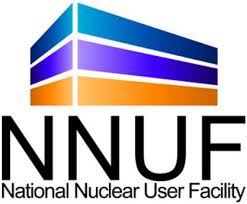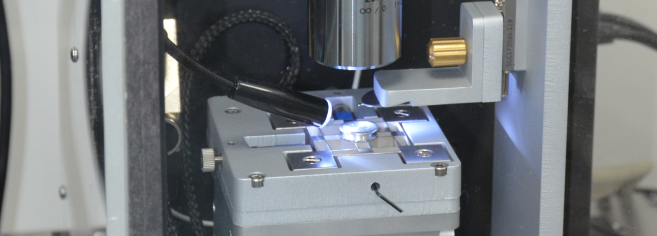The National Nuclear User Facility (NNUF) was launched when HM Government’s announced its Nuclear Industrial Strategy in 2013. The aim of the NNUF is to provide the UK nuclear research and development community with better equipment and facilities.
In this second round of investment totalling around £75 million, funded by EPSRC, there will be three facilities that involve academics at the University of Bristol:
Hot Robotics Facility
The first, and largest, facility will centre around ‘Hot Robotics’ in collaboration with the University of Manchester, RACE (Remote Applications in Challenging Environments) at the UK Atomic Energy Authority (UKAEA), the University of the West of England (UWE) and the National Nuclear Laboratory (NNL).
This facility will build on the work of two major national robotics hubs, which Bristol and these other partners have been involved with over the past two years.
Innovators in the nuclear industry struggle to test new solutions under real conditions, and it is therefore difficult to convince operators to deploy new technology on site. This facility will focus on developing a national capability to transition equipment from ‘cold’, off-the-shelf use to ‘hot’, or radioactive, site deployment.
The facility will be based across four locations strategically dispersed across the UK:
- RACE Centre at UKAEA, Culham, Oxfordshire
- The University of Bristol’s Fenswood Farm facility
- The NNL’s Workington Laboratory
- The University of Manchester’s Dalton Cumbria Facility.
Professor Tom Scott, Director of the South West Nuclear Hub and lead for this facility, said: “This award is strategically excellent for further strengthening our links with the UKAEA and the NNL. It will also act as a substantial honeypot for industrial interaction and as a boost to the national academic research effort on nuclear robotics.”
Nick Sykes, Head of Decommissioning at RACE, added: “The Hot Robotics facility will give users the tools they need to demonstrate what is possible and increase the routine use of robotics in nuclear and other highly hazardous environments.”
Active Nano Mapping Facility
The Interface Analysis Centre in the School of Physics will host a new high-speed atomic force microscopy facility, building on the pioneering development of this technology at Bristol over the past 15 years.
Dr Neil Fox (Chemistry) will lead this work with support from Dr Oliver Payton (Engineering) and Professor Scott.
This new equipment will allow the national nuclear academic community to conduct nanoscale measurements with far greater statistical validity on nuclear materials for the first time. Researchers will be able to measure the nano- and micro- structure of samples with the spatial and temporal accuracy required for modelling fuels, and other nuclear relevant materials at all stages of their lifespan.
Irradiated Materials Archive Options Study
Currently, samples of nuclear materials that are used for academic and industrial research are owned and held by various organisations, meaning it is often time-consuming and expensive to get hold of them.
Establishing either a central or distributed archive of a selection of this material that can be accessed by researchers has been identified as a priority by the UK Government’s Nuclear Innovation and Research Advisory Board.
The UKAEA, the University of Bristol and NNL have been funded to investigate the options for setting up this archive, that will provide a resource for the UK research community and enable easy access to materials in the future. This provides the opportunity to consult a wide range of stakeholders. The output will be a report in March 2021 with recommendations for consideration by EPSRC, the NNUF Management team and owners of the materials. A decision will then be made on whether to proceed with one of the options.
Finally, the University of Southampton, who are members of the South West Nuclear Hub at the University of Bristol will also receive funding for a facility focusing on radiochemistry. This facility is centred around the well-established GAU-Radioanalytical Laboratories who provide radioanalytical services, consultancy and research support for government, industrial and academic sectors.


